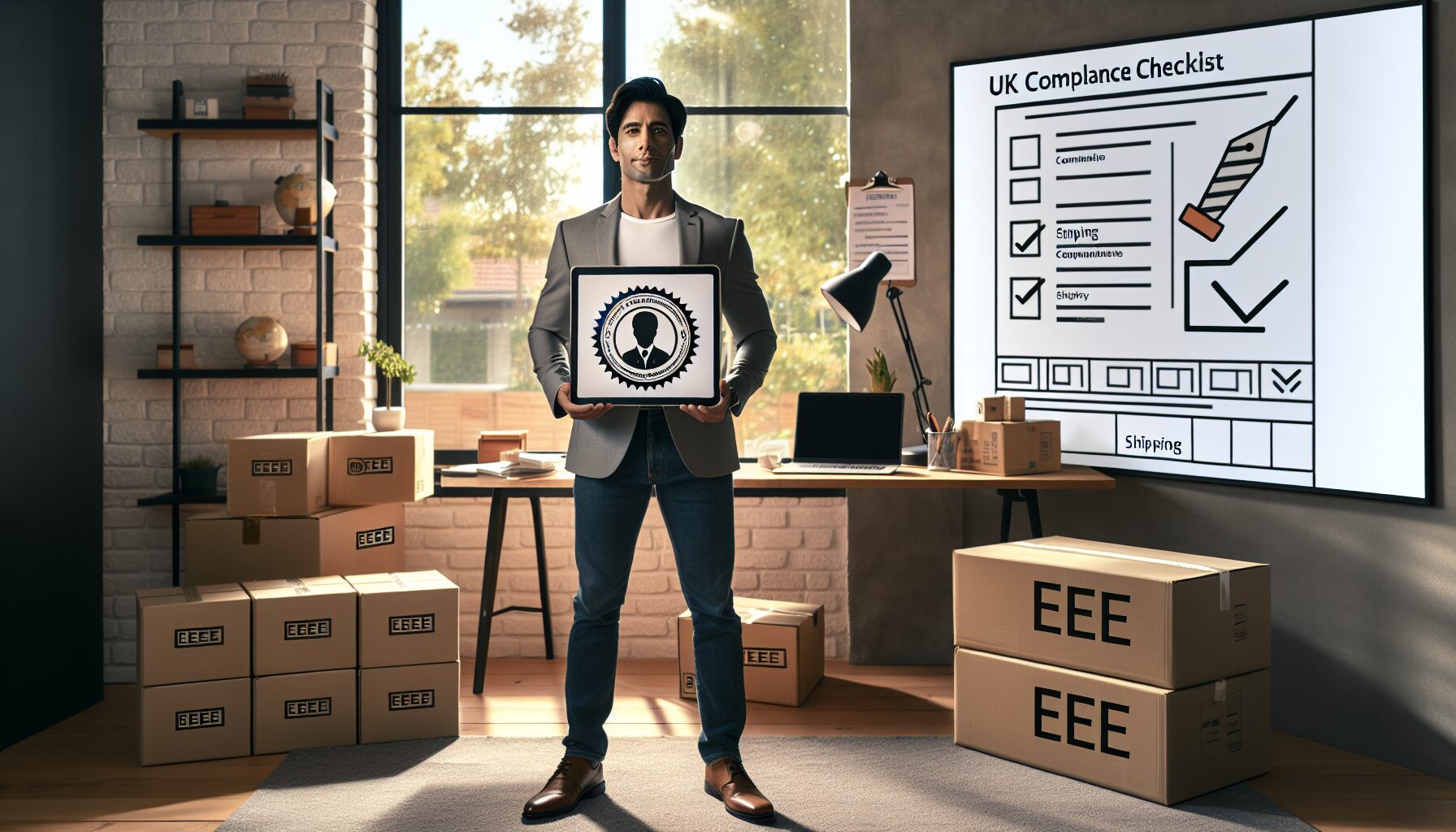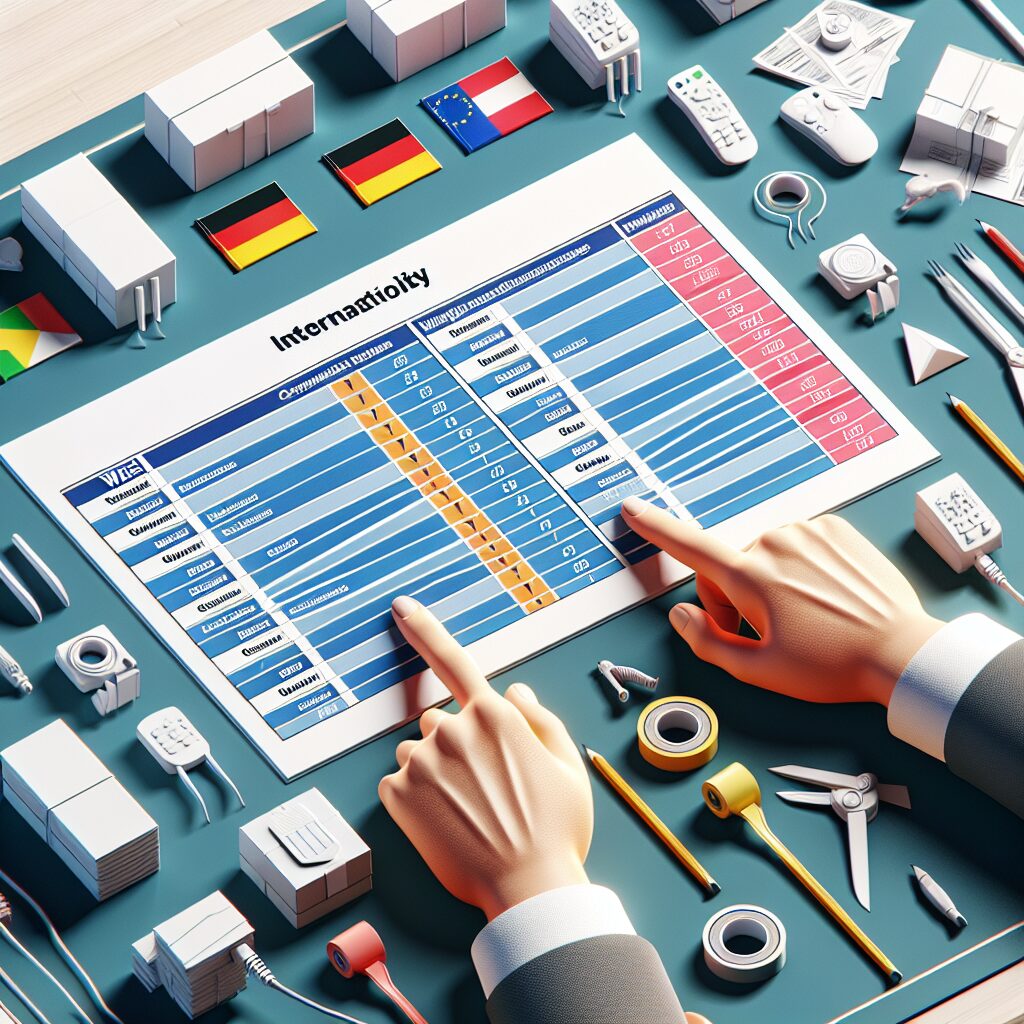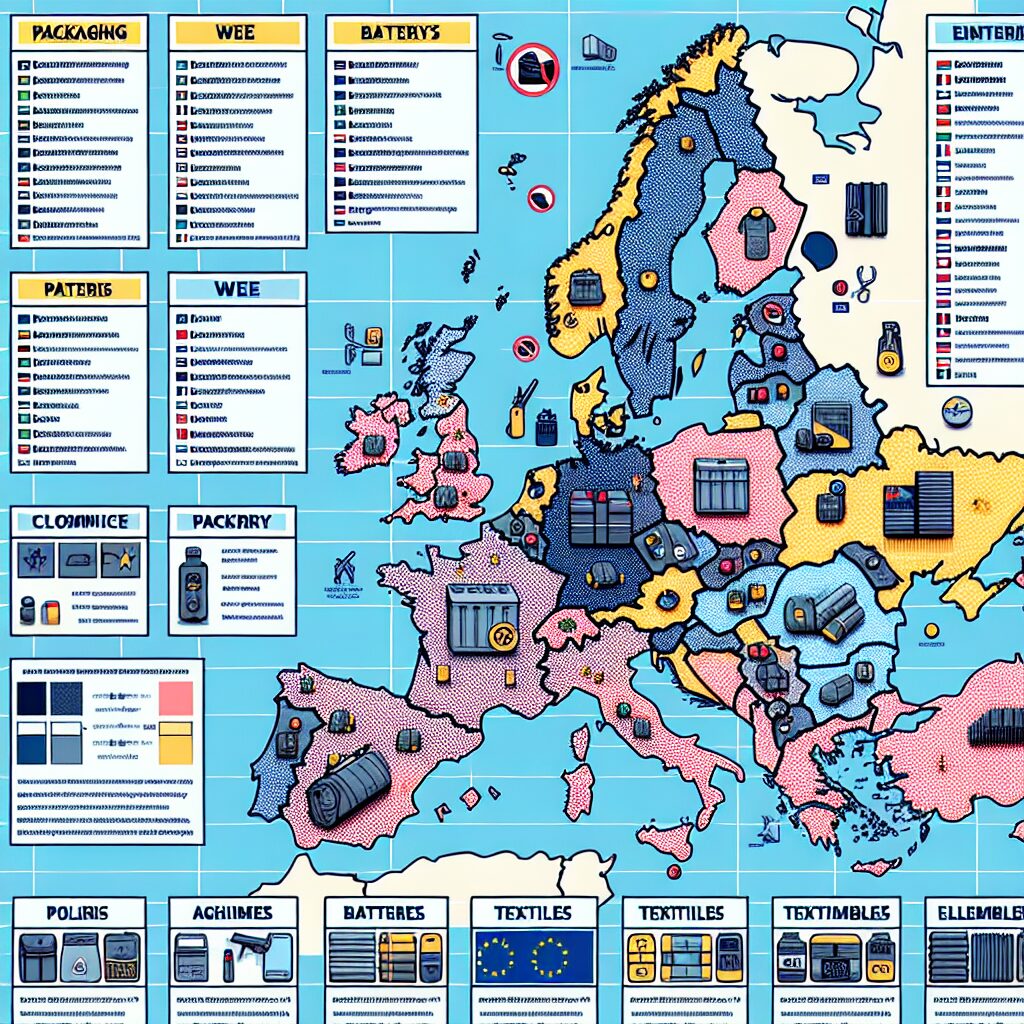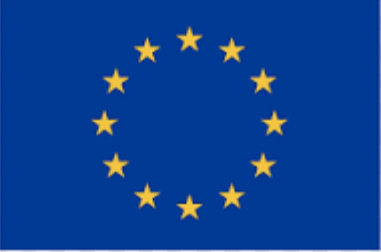About eldris
Epr.eldris.ai leads the EPR sector, in fast, automated, AI Agent EU Complaince. LUCID Packaging, WEEE, and Battery Compliance for Brands, E-Commerce and Service based businesses expanding into the EU.
In This Article
- All electronic goods sellers need to obtain UK WEEE registration.
- Marketplace compliance requires visible WEEE numbers.
- Choose either direct registration or work with a compliance scheme.
- Failure to comply can result in steep fines or business suspensions.
- Eldris.ai automates EPR and WEEE tracking for modern sellers.
What Is a UK WEEE Registration Number?
Understanding WEEE and Its Purpose
The term UK WEEE registration refers to a mandatory compliance requirement under the Waste Electrical and Electronic Equipment (WEEE) Regulations 2013, designed to reduce hazardous electronic waste. When your business places electrical or electronic equipment (EEE) on the market, you are accountable for its entire lifecycle, including environmentally responsible disposal.
The UK WEEE registration number is a unique identifier issued by the Environment Agency or a registered compliance scheme. It signifies your business’s legal status as a compliant producer or distributor of EEE. Registration is not merely a formality; it plays a critical role in monitoring national waste reduction targets and promoting circular economy objectives. Additionally, it helps consumers recycle old devices responsibly—reducing the volume of e-waste ending up in landfills.
Businesses that fail to register or violate their duties risk significant financial penalties and marketplace restrictions. Therefore, if you sell electronic goods online in the UK—whether through your own website or via platforms like Amazon or eBay—you must prioritise obtaining your UK WEEE registration number to remain legally compliant.

Who Needs to Register Under UK WEEE Rules?
Sellers, Importers and Marketplace Vendors
Any business or individual that places EEE onto the UK market bears direct legal responsibility under the WEEE Regulations. This includes UK-based manufacturers, distributors, and significantly—importers and online marketplace sellers. Even if you operate a dropshipping model or sell items manufactured outside the UK, you’re considered a producer under these rules because you are introducing the goods into the UK market.
Online retailers using platforms such as Amazon, Etsy, OnBuy, and eBay must take particular care. These marketplaces are increasingly demanding proof of UK WEEE registration as a condition to list electronic products. If you cannot provide your WEEE registration number or demonstrate compliance through an authorised WEEE compliance scheme, your listings may be withheld or removed.
Additionally, foreign businesses selling into the UK without a registered local representative will also need to either register directly or appoint an Authorised Representative. This ensures goods entering the UK meet all Extended Producer Responsibility (EPR) requirements, including WEEE obligations.
“All businesses that sell or import electronic goods must comply with UK WEEE registration rules—failure is not an option.”
Steps to Apply for Your WEEE Number
Registration Process Overview
The application process, while detailed, is relatively straightforward when broken down into clear steps. To obtain your UK WEEE registration number, you must first determine if your products fall under the scope of the WEEE Regulations. This means understanding if your EEE is intended for household or professional use—each has different reporting obligations.
Once confirmed, you must register either directly with the Environment Agency or by joining an approved compliance scheme. Most small producers—those placing less than five tonnes of EEE annually—register directly. Larger producers must join a compliance scheme that assists in quarterly reporting and recycling logistics.
The essential steps to register are:
- Determine if your business is in-scope under UK WEEE regulations.
- Classify your EEE by type and annual tonnage.
- Choose between direct registration or a WEEE compliance scheme.
- Submit your application, either digitally or via approved compliance providers.
- Receive your official UK WEEE registration number and prepare for reporting duties.
Proper documentation and data accuracy are vital. Even minor errors can lead to delays or fines. Many sellers speed up this process by engaging third-party compliance consultants to handle submissions and ensure ongoing EPR record keeping.
Direct Registration or Join a Compliance Scheme?
Benefits and Considerations
Choosing between direct registration and partnering with a compliance scheme depends largely on two factors: the volume of your EEE placement and the level of support you require.
Direct registration is suitable for smaller sellers who place less than five tonnes of household EEE on the UK market per year. While this route saves on compliance scheme fees, it demands diligent tracking and consistent submission of annual data to the Environment Agency using the National Packaging Waste Database (NPWD).
Compliance schemes, on the other hand, provide outsourced support. These schemes manage your data submissions, arrange for recycling collection targets, and interface with regulators on your behalf. This is often the recommended route for sellers wanting to ensure total compliance with minimal resource investment.
Beyond convenience, compliance schemes can also act as advisors—helping ensure your product classifications, tonnages, and schedules align exactly with legal expectations. For many sellers, the reduction in risk and time makes this option worth the cost.
Costs Involved in WEEE Registration
Scheme Fees and Government Charges
The actual costs of UK WEEE registration vary depending on your registration method and the size of your operation. If you qualify as a small producer and choose the direct route, the Environment Agency charges a modest annual registration fee, typically around £30 per year.
For larger producers, or those who prefer compliance schemes, fees will include both an agency registration charge and the scheme’s own administrative and recycling costs. These can range between £200 and £1,000 per year, depending heavily on the complexity of the product range and volume of EEE introduced to market.
Keep in mind that additional costs may arise from internal reporting systems, third-party audits, and packaging EPR obligations if applicable. An integrated view of your entire EPR landscape is recommended for budgeting purposes.
To view the current pricing tiers and full breakdowns, refer to official guidance from the <a href="EU Responsible Person service overview“>UK Environment Agency’s WEEE Registration portal.
How Long Will It Take to Get a WEEE Number?
Turnaround Times and Processing Tips
In most cases, you can expect to receive your official UK WEEE registration number within 5 to 10 working days after successfully submitting your application. However, this depends on the accuracy and completeness of your data.
Working with a compliance scheme can significantly reduce errors and delays, as these groups pre-validate submissions and often have prioritised communication channels with authorities. If you register directly and there’s a discrepancy in your product classification or volume declaration, expect delays or resubmission requirements to occur.
Our expert tip: keep detailed product SKUs, import volumes, and invoice records beforehand. This will make data entry and validation much faster, particularly when registering a wider portfolio of items from various suppliers.
What Happens If You Don’t Comply?
Risks, Fines and Marketplace Suspensions
Non-compliance with UK WEEE registration obligations has tangible consequences. If a business fails to register properly, under-reports EEE volumes, or neglects recycling targets, they can face a range of punitive actions, including:
- Fines of up to £5,000 per offence in magistrate courts.
- Unlimited fines in crown courts for more serious breaches.
- Suspension or removal of listings from marketplaces such as Amazon and eBay.
- Negative publicity as an environmentally irresponsible operator.
Authorities have increased enforcement activity following post-Brexit regulatory updates, and marketplaces are actively vetting sellers for compliance credentials. This isn’t a box-ticking exercise—it’s a fundamental trust signal about your green responsibility.
How to Display Your WEEE Number
Documentation and Marketplace Listings
Once assigned, your UK WEEE registration number must be included in both your business documentation and public vendor profiles. This includes your company invoices, order shipping papers, and online product listings—particularly on platforms that use EPR checks for seller onboarding.
Marketplaces like Amazon and OnBuy require proof of your UK WEEE registration during the listing process. You may be prompted to input your number within the Seller Central dashboard or through manual verification forms.
To enhance consumer trust and transparency, it is also recommended to display your WEEE number in your company’s Terms and Conditions, usually under the “Compliance” or “Environmental Policy” section.
For further detail on how to integrate WEEE identifiers into your platform listings, visit this Official UK WEEE producer obligations.
Getting Help Through Compliance Experts
When to Use a WEEE Service Provider
Sellers who face capacity constraints, lack internal compliance knowledge, or need to certify across multiple countries in addition to the UK, often turn to compliance experts. These third-party providers offer end-to-end WEEE services covering registration, reporting, and audit preparation.
A reputable WEEE consultant can categorise products, estimate expected tonnages accurately, manage NPWD submissions, and ensure year-round compliance. Their value lies not only in registration but in maintaining regulatory alignment as your product lines expand or legislation changes.
Depending on your complexity, you may prefer to select a service that also handles packaging EPR, batteries, and even EU-wide registrations. Centralised services like these save considerable effort and reduce legal exposure.
How Eldris.ai Supports Secure Seller Compliance
Smart Automation for EPR and WEEE
<a href="Learn more about EPR & WEEE Compliance for Online Sellers“>Eldris.ai offers machine-learning-based tools specifically developed to automate Extended Producer Responsibility (EPR) compliance, including UK WEEE registration. The platform identifies product categories using AI-powered metadata scanning and generates classification reports ready for submission to official databases.
With scalable options for microbusinesses and enterprise sellers alike, Eldris.ai integrates with major marketplace APIs and order systems—streamlining product tracking, WEEE quota calculations, and compliance archiving. Sellers can generate audit-ready reports in minutes and keep up with ever-changing rules on sustainable sales.
Whether you’re seeking to register today or plan ahead for an EPR-ready omnichannel strategy, <a href="Read a related article“>Eldris.ai provides end-to-end coverage to support you at every step of the compliance lifecycle.
Conclusion: Comply Confidently, Grow Legally
Achieving UK WEEE registration is both a legal requirement and a strategic sales enabler. As environmental protection becomes more critical, regulators and buyers alike demand responsible handling of electronic waste. By registering correctly, displaying your number clearly, and choosing the right compliance support, your business signals reliability, legality, and eco-credibility.
Don’t let complexity slow you down—understanding your obligations now will prevent costly disruptions later. With industry tools like Eldris.ai and professional compliance schemes, staying compliant has never been more accessible. Empower your growth through sustainable practices and unlock full marketplace access with peace of mind.
Great guide on weee-registration-number-uk-quick-seller-compliance – Community Feedback
How do I obtain a WEEE registration number in the UK?
Register via the WEEE online service as a producer or through a compliance scheme. Provide details on your electrical and electronic equipment activity, pay the applicable fee, and then receive your UK WEEE registration number to use on documentation and marketplaces.
Who needs a WEEE registration number in the UK?
Any business placing electrical or electronic equipment (EEE) onto the UK market—importers, manufacturers, sellers—must register for a WEEE number and fulfil ongoing compliance, including annual reporting and recycling obligations.
What information is required for UK WEEE registration?
You need your business details, EEE categories, quantities placed on the UK market, and may need to join a compliance scheme if above certain thresholds. Registration and reporting can be handled online through the government portal or an approved scheme provider.










